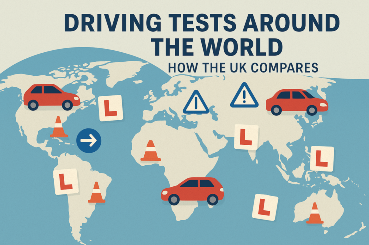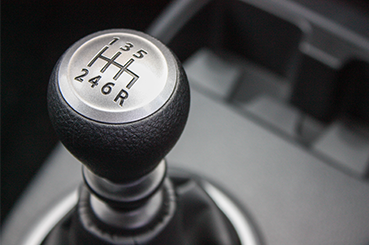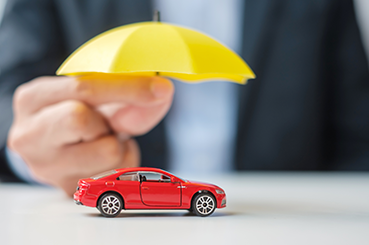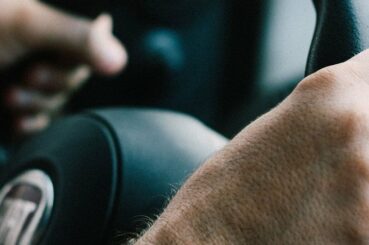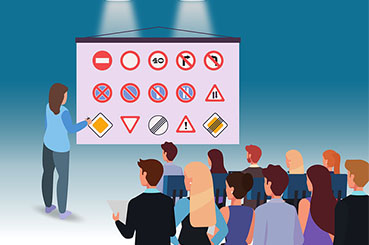Conquered the theory test, mastered driving lessons, and now the ultimate challenge awaits: your driving test. This test is a five-part obstacle course testing not only your practical skills behind the wheel but also your knowledge of car safety and navigating the road responsibly.
Weather on test day? A mystery! But fret not, prepare for anything! Wet roads, scorching sun, chilly mornings, icy patches – get comfortable driving in all conditions, so the weather won’t rattle your nerves during your test.
While the exact test route remains a secret, familiarise yourself with diverse roads. Conquer the dual carriageway’s fast lanes, navigate the twisting rural paths, and don’t shy away from bustling city traffic. Practicing in different environments prepares you for whatever the test throws your way, even that rush-hour frenzy!
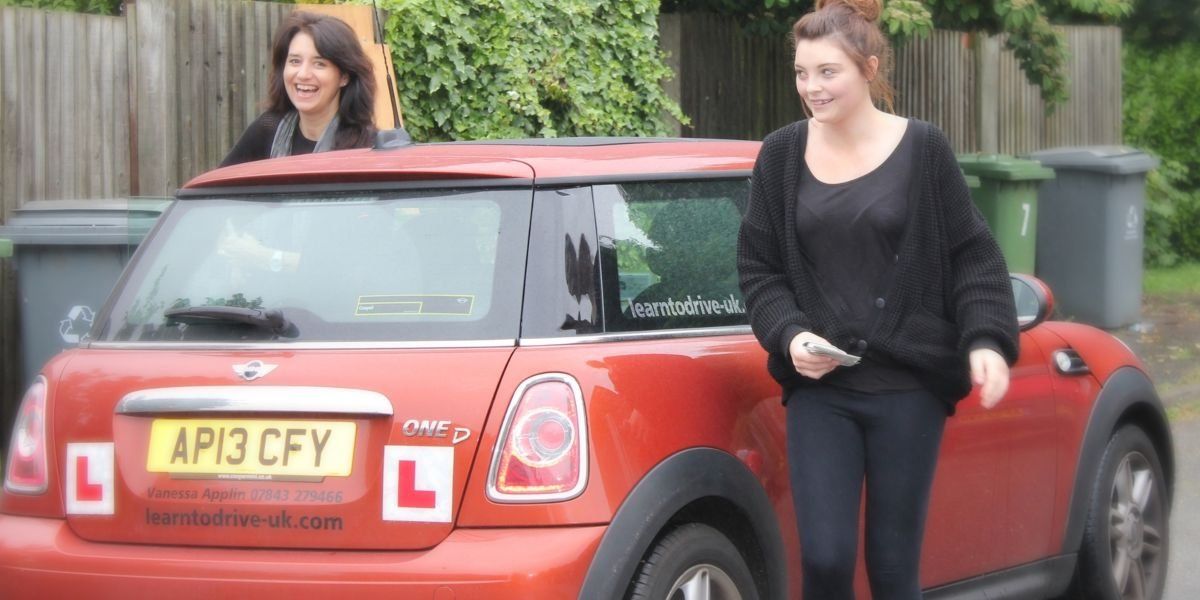
Make sure you are ready to take your test
One of the best ways to prepare for your driving test is to make sure you are actually ready for your test before applying. We know that learning to drive can seem frustrating and it can seem like it will take forever to pass, but taking your test too early and then failing can be more of a setback than taking a few extra lessons in the first place.
It’s important to listen to your driving instructor, not only do they have a wealth of knowledge, but good instructors will want you to pass first time as this reflects well on them.
Other Practical Driving Test Tips
- Book your test at the right time
- Have a lesson beforehand
- Emphasise your mirror checks
- Wear comfortable clothing
- Know why other people fail
- Know what you’ll be tested on
- Don’t assume you’ve failed
Familiarise yourself with what will happen on your driving test
The driving test should last around forty minutes and is made up of five parts;
- Eyesight check
- ‘Show me, tell me’ questions
- Independent driving
- General driving ability
- Parking manoeuvres
It’s essential to know that the practical test is the same for both manual and automatic cars.

What to expect during each stage:
Eyesight check
The beginning of your test starts with a simple eyesight check. You will be asked to ask to read a new-style number plate from 20m away and an old-style number plate from 20.5m away.
If you cannot read the number plate at these distances you automatically fail and the test ends. This is because it would be unsafe for you to drive if you can’t see at these distances. If you do wear glasses or contact lenses day-to-day, it goes without saying you should always wear them when driving.
Show me, tell me questions
After your eyesight check, you will be asked a ‘tell me’ question before you start driving. The question will about the safety of the car, so could be along these lines ‘Tell me where you’d find the information for the recommended tyre pressures for this car and how tyre pressures should be checked’.
The ‘show me’ question is usually asked once you’re on the move and involves you showing the instructor how you would carry out a safety procedure. A question you could be asked is ‘When it’s safe to do so, can you show me how you’d operate the horn?’.
Independent driving
You will have to drive independent of instruction for around twenty minutes, the idea being that this is a more accurate portrayal of real-world driving. You will either be told to follow a satnav or follow traffic signs towards a certain direction.
This is an area of the driving test that many people fear, but it is relatively straightforward. If you are asked to follow a satnav, the instructor will set this going for you. If they have asked you to follow signs, they will help direct you if any signs are obscured.
Regardless of whether you’re following a satnav or road signs, if you do end up taking a wrong turn, there is no need to panic as the examiner will direct you back in the right direction. You are not marked on your ability to navigate, just your driving ability so there really is no need to worry.
General driving ability
Once you’ve answered the ‘tell me’ question, you will be asked to start driving. The examiner will give you directions on where to go.
During this section of the test, you will also be asked to pull over and then pull away. This could be a normal stop at the side of the road, a hill start, or mean pulling out from behind a parked vehicle. You may also be asked to carry out an emergency stop.
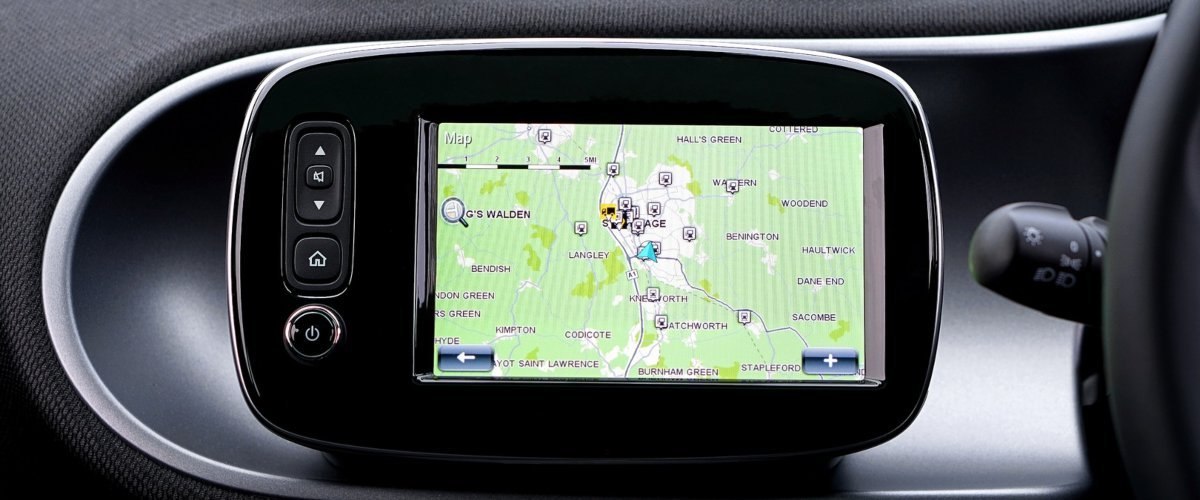
Parking Manoeuvres
Mastering these essential parking manoeuvers will boost your driving confidence and make you a more adept road user. Here’s a breakdown with clear examples for each:
1. Parallel Parking:
Imagine you’ve found the perfect spot on a busy street, but it’s sandwiched between two parked cars. That’s where parallel parking comes in!
Example:
You’re driving down a narrow street and see a gap between a parked car and a delivery truck.
Check your mirrors and blind spots, then signal your intention to park.
Pull up alongside the parked car, leaving roughly a meter of space.
Reverse slowly, turning the steering wheel sharply towards the curb as you go (think of “curb your enthusiasm”).
Once your car is at a 45-degree angle, straighten the wheel and continue reversing until your car is comfortably parked between the other vehicles.
Adjust your position if needed, and remember to check your mirrors and blind spots before pulling back into traffic.
2. Forward Bay Parking:
This manoeuver involves driving straight into a designated parking bay. Sounds simple, right? But mastering the angle and positioning is key.
Example:
Pull up alongside an empty parking bay, ensuring enough space to manoeuvre.
Signal your intention to park and check your mirrors and blind spots.
Turn the steering wheel slightly towards the bay as you slowly drive forward.
Once the front wheels are aligned with the bay, straighten the wheel and continue driving in until your car is comfortably positioned.
Check your mirrors and blind spots again before turning off the engine and enjoying your newfound parking prowess!
3. Reverse Bay Parking:
This one requires some extra finesse, as you’ll be backing into the parking bay. But don’t worry, with practice, you’ll be a pro in no time!
Example:
Locate an empty parking bay and position your car slightly past the bay, leaving enough space to manoeuver.
Signal your intention to park and check your mirrors and blind spots.
Slowly reverse into the bay, turning the steering wheel the opposite way you want the car to go (remember, “left goes right”).
Keep an eye on the curb and adjust your angle as needed until your car is safely parked within the bay.
Once positioned, straighten the wheel, check your mirrors and blind spots again, and voilà, you’ve conquered reverse bay parking!
4. Pull Up and Reverse:
This manoeuvre, sometimes encountered in driving tests, involves pulling up to the curb, reversing a specific distance, and then safely rejoining traffic.
Example:
- Your driving instructor asks you to “pull up on the right and reverse two car lengths.”
- Find a safe spot on the roadside, ensuring you’re not obstructing traffic or driveways.
- Signal your intention to manoeuvre and check your mirrors and blind spots.
- Pull up alongside the curb, leaving enough space to comfortably reverse.
- Engage reverse gear and slowly back up, counting two car lengths (or the instructed distance) as you go.
- Once positioned, check your mirrors and blind spots again, signal your intention to merge, and carefully re-enter traffic.
Remember, practice makes perfect! Find a safe, open space to hone your parking skills before tackling real-world situations. And always prioritise safety and courtesy towards other drivers and pedestrians.
Make sure you’re prepared for your test the night before
Every year numerous people turn up for their driving test without the correct documentation and are unable to proceed with their test. You must have your UK driving licence and a suitable car (usually this is your driving instructor’s car). It is a good idea to get all of your documents together beforehand, so you don’t forget anything on the day.

Try to get a good night’s sleep the night before your test
Whenever you have something important coming up, it is always a good idea to get a good night’s sleep. Even the most experienced drivers will find their driving performance affected when tired.
On the day
It is important to arrive for your driving test in plenty of time. Many driving instructors will encourage you to have a lesson right before your test, as they can make sure you turn up for your test with enough time to spare to go over any last-minute questions you may have.
